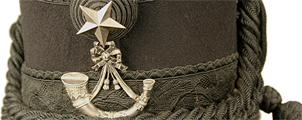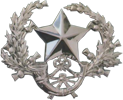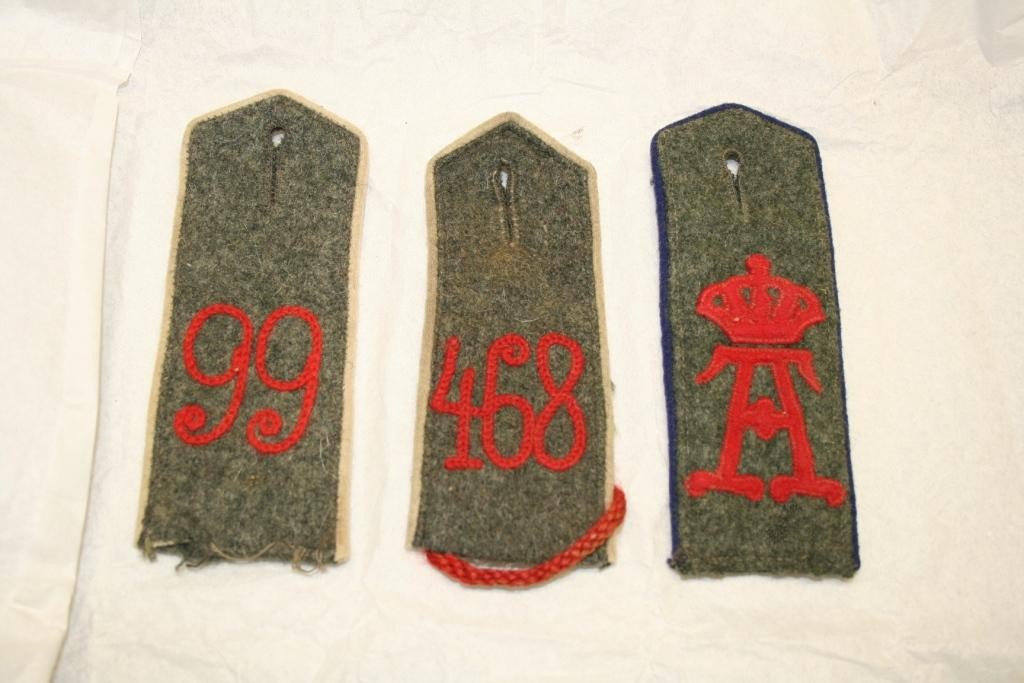Lt. Col. Douglas Graham Moncrieff Wright

Douglas Graham Moncrieff Wright was born in Rangoon, Burma on 7th June 1893. He was the only child of Lena (née Graham) and John Moncrieff Wright of Kinmonth, Bridge of Earn, Perthshire. He was educated at Glenalmond College, Perth and then in 1912, attended the Royal Military Academy at Sandhurst. After graduation in 1913, he was gazetted to The Cameronians (Scottish Rifles) and joined the 1st Battalion at Maryhill Barracks.
With the outbreak of the First World War in August 1914, Moncrieff Wright was deployed to France with The Cameronians (Scottish Rifles) 1st Battalion. He received the Military Cross and bar for conspicuous gallantry and devotion to duty and was mentioned in dispatches twice. On 19 June 1916, The London Gazette, it was noted that, ‘He commanded a bombing attack on the enemy trenches. He led this attack with great skill and determination, his fine example inspiring those under his command.’ In 1916 he was promoted to Captain at the age of just 23.
Writing home
Douglas Graham Moncrieff Wright wrote home to his parents almost every day of the war. His letters are often short and give little hint of the hardships of life at the front. They usually contain a brief weather report and requests for items such as food, socks and writing paper. In a letter to his parents dated 16th January 1918, he wrote,
My darling Mother & Father,
Thanks very much for your letters, the kippers & butter. The butter is very good. I like it so much.
It came in very handy. I have got a nice billet & am very comfortable.
The weather is very changeable.
With much love from,
Douglas
The British Government was acutely aware of the importance of communication with home to boost the soldiers’ morale but also to maintain support from the home front. Over 12 million letters and 1 million parcels were sent to soldiers at the front every week for the duration of the First World War. A letter from home reached the front within 2 days of being sent, meaning that it was possible to send perishable foodstuffs such as kippers!
Souvenirs
By 1918 Moncrieff Wright was serving on the staff of the 33rd Division. In January 1918 he sent home German shoulder straps or epaulettes (schulterklappen in German) to his mother in Perth as souvenirs. Epaulettes, cap badges and letters could all betray the identification of a regiment or unit therefore such items were removed from the dead or prisoners of war. Collecting such items as souvenirs was commonplace amongst many soldiers, both British and German. It is most likely that these insignia were sent to the 33rd Division’s HQ for identification and once their purpose was served Moncrieff Wright kept them as mementoes.
The epaulette with the red ‘A’ and crown is from a soldier who served with the 117th Grand Ducal Hessian Life Infantry, “Grand Duchess Alice,” 25th Division. The ‘468’ is from the Infanterie-Regiment 468 and the ‘99’ is a 1915-pattern for the 2nd Oberrheinisches Infanterie-Regiment Nr.99.
Life after the First World War
After the First World War Moncrieff Wright served with the 2nd Battalion in India and retired in 1930 with the rank of Major. In April 1928 he married Henrietta Doreen St. John in Bombay, India. They had four children; John Graham Wright, Charles St. John Graham Wright, Alice Rosemary Graham Wright and Dora Heather Graham Wright. John and Charles would both go on to have successful careers in the military.
With the Second World War approaching, Moncrieff Wright returned to The Cameronians and in June 1939 was gazetted to Lieutenant Colonel with the 6th Battalion. He then commanded the 10th Battalion from 1939 until 1942, and thereafter held positions on the staff of the Home Guard until his retirement in 1945.
Life Outwith the Army
Lt. Col Moncrieff Wright led a full and active life. He became a J.P. for Perthshire in 1933 and was appointed as the Deputy Lieutenant of Sutherland in 1946 (a Lord Lieutenant is appointed by the Crown to act as one of the monarch’s representatives in Scotland). He was a renowned hunter and took part in big-game shoots while in India. He was also experienced in salmon fishing and deer stalking. As a result of his expertise he was elected as a fellow of the Royal Geographical Society in 1926. He was also Chairman of the Scottish branch of the British Field Sports Society from 1952 to 1960.
He died on 1st May 1983, aged 89.
Acknowledgments
I am greatly indebted to members of the Great War Forum for their valuable information and identification of German regiments.
The epaulettes currently feature as our ‘Curator’s Choice’ and can be seen on display at Low Parks Museum, Hamilton. They will be displayed at Hamilton Townhouse Library, Rutherglen Library and Lanark Library over the next few months.
Comments: 0




Leave a Reply